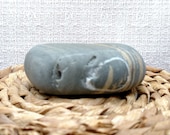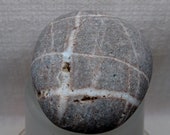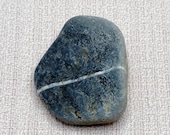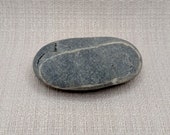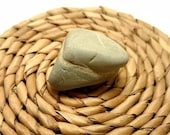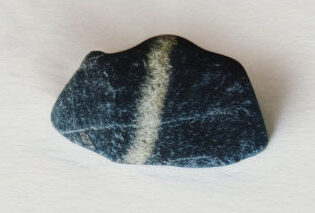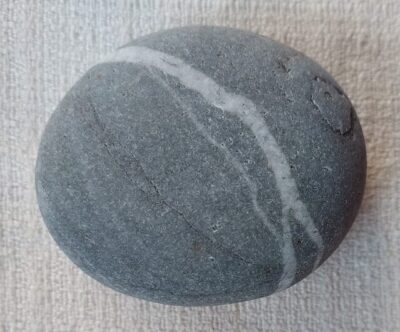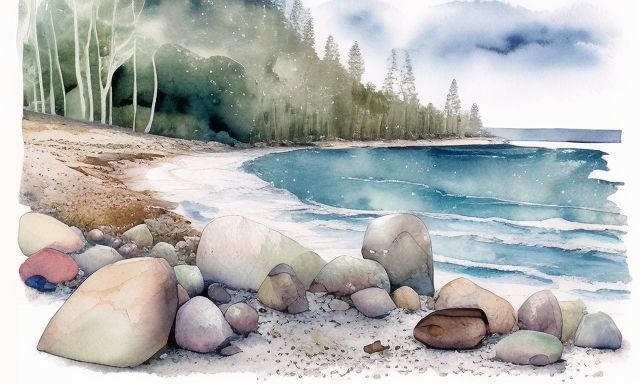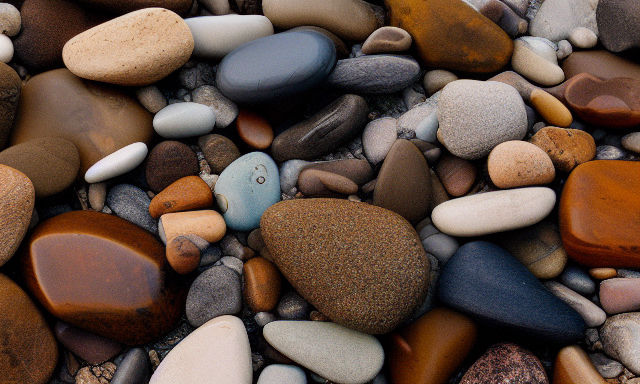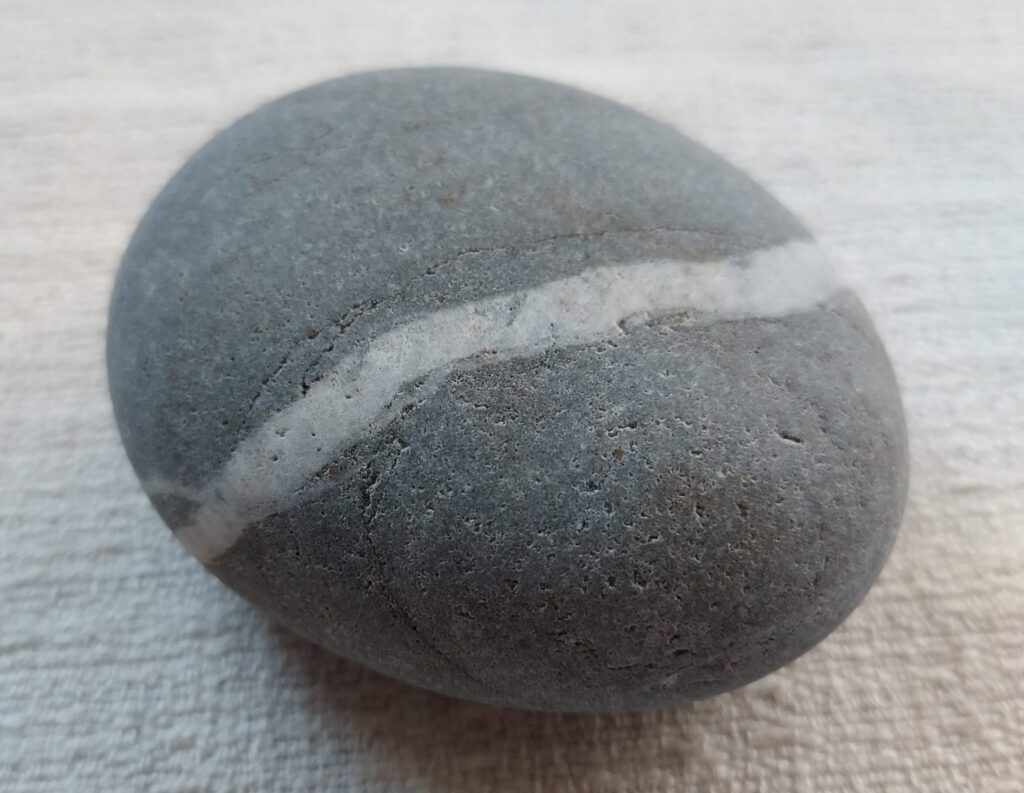The Formation and Rarity of Wishing Rocks
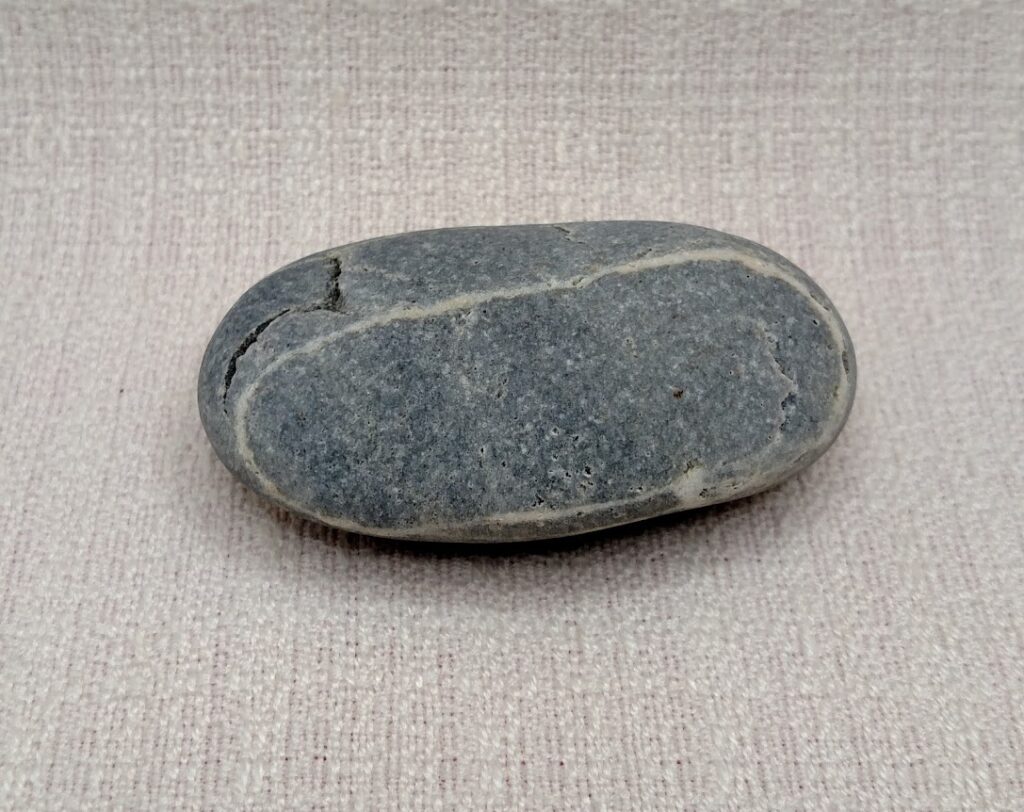
How Is a Wishing Rock Formed?
Wishing rocks, sometimes referred to as “wishing stones” or “wish stones,” have a fascinating origin that adds to their allure. These unique stones are formed through a combination of geological processes and the ceaseless hand of nature. In this article, we will explore how these enchanting stones come into existence and discuss their rarity.
The Geological Alchemy
Wishing rocks start their journey as ordinary stones, no different from the multitude of rocks found along the shores of beaches, riverbanks, and other geological formations. Over countless years, these stones undergo a remarkable transformation that sets them apart.
- Erosion by Water: The shaping of wishing rocks begins with the persistent and gentle abrasion caused by water. In the case of coastal areas, the ebb and flow of ocean tides play a significant role. River stones are shaped through the constant movement of water.
- Tumbling Action: The stones are tumbled, rolled, and carried by water over varying distances. This continuous action rounds off their edges, smoothes their surfaces, and creates their distinctive shape.
- Quartz Inclusion: What truly differentiates a wishing rock from other stones is the presence of a quartz line. This intriguing feature is often embedded within the rock during its formation. Quartz is a mineral with unique energy-conducting properties, adding to the mystique of these stones.
- Metamorphic Forces: Geological forces like heat and pressure within the Earth can transform rocks, including the quartz in the stone. The quartz line may form as a result of these transformative processes.
Are Wishing Rocks Rare?
The rarity of wishing rocks is a point of intrigue and discussion among those who seek these unique stones. While not every stone on a beach or riverbank can be considered a wishing rock, they are not entirely uncommon either. Several factors contribute to their perceived rarity:
Wishing Rocks
- Distinctive Appearance: Wishing rocks stand out due to their smooth, tumbled appearance and the presence of the quartz line. This makes them relatively easier to spot among other rocks.
- Unique Geological Processes: The specific combination of geological processes required to create wishing rocks makes them less common compared to ordinary stones. Not every stone goes through the same transformative journey.
- Collection and Appreciation: Many people collect wishing rocks, which may lead to a decrease in their availability in certain areas. As these stones are appreciated for their beauty and symbolism, they may become scarcer in some regions.
- Local Geological Conditions: The presence of wishing rocks can vary depending on the geological conditions of a region. Coastal areas with active tides, for example, may be more likely to yield these stones.

What Does a Wish Stone Look Like?
Wish stones come in a variety of shapes and colors, but they share some common features:
- Smooth and Tumbled: These stones have a smooth, tumbled appearance with rounded edges. The tactile sensation of holding a wishing rock is distinct.
- Quartz Inclusion: The presence of a quartz line, often in the shape of a circle or a straight line, is a defining characteristic of wishing rocks.
- Colors: Wishing rocks can vary in color, with shades of gray, tan, white, or even subtle hues of other colors. The geological composition of the region can influence their coloration.
- Palm-Sized: Wish stones are typically palm-sized, making them easy to hold and carry.
Wishing rocks are not just ordinary stones; they are products of geological processes, natural transformation, and the inclusion of quartz. While they might be considered rare in the context of the larger rock population, their unique characteristics make them distinctive and coveted by those who appreciate their beauty and the enchanting notion of making wishes upon them.
FAQs
What are wishing rocks, and why are they called that?
Wishing rocks, also known as wishing stones, are unique rocks that typically have a smooth, tumbled appearance. They are called “wishing rocks” because of a particular feature—a distinct, often white, line of quartz that appears as a circle or straight line on the rock’s surface. This quartz line makes them stand out, and people believe that making a wish on these rocks can bring good luck or grant their desires.
Where can I find wishing rocks?
Wishing rocks can be found in various natural settings, particularly along the shores of beaches, riverbanks, and coastal areas. The action of water, such as ocean tides or river currents, plays a role in shaping these rocks. Some areas are known for having an abundance of wishing rocks, making them ideal locations for collectors and enthusiasts.
Are wishing rocks believed to have special powers?
Wishing rocks are valued more for their symbolism and the positive practice of making wishes rather than possessing inherent powers. While they are not considered magical, many people hold them dear due to the belief that making a wish while rubbing the quartz line can bring good fortune or help manifest desires.
Can I make any wish on a wishing rock?
Wishing rocks are typically associated with making positive and meaningful wishes. Many people use them as tools for setting intentions or focusing on their desires. While there are no hard and fast rules, it’s common to make wishes related to personal goals, dreams, or well-being. Negative wishes or intentions are discouraged.
How do I use a wishing rock?
Using a wishing rock is a personal and simple practice. Hold the rock in your hand, gently rub the quartz line with your thumb, and make your wish. It’s essential to focus on your intention while doing so. The act of tactile interaction and the symbolism of the rock are believed to amplify your wishes.
Are there specific rituals associated with wishing rocks?
While there are no strict rituals, some people incorporate wishing rocks into their meditation or mindfulness practices. They may use the rock as a focal point for visualization or as a grounding tool during meditation. Others choose to carry a wishing rock with them throughout the day to remind themselves of their desires and goals.
Can I gift a wishing rock to someone?
Yes, wishing rocks can make thoughtful and meaningful gifts. When gifting a wishing rock, it’s a symbol of good wishes and positive intentions. The receiver can use it for their own wishes and intentions. It’s a lovely way to share positivity and hope.
What should I do if I find a wishing rock?
If you find a wishing rock, it’s entirely up to you whether you want to keep it, make a wish on it, or pass it on to someone else. Many people choose to keep these rocks as personal talismans, while others may leave them in places where others can discover and use them for their own wishes.
Are there any superstitions associated with wishing rocks?
Wishing rocks are generally not associated with superstitions. Their meaning is rooted in positive symbolism and personal intention. They are meant to be appreciated for their natural beauty and the idea that they can serve as vessels for hopes and dreams.
Are there specific types of wishes people make on wishing rocks?
The wishes made on wishing rocks are personal and diverse. People often wish for things that are important to them, such as happiness, health, love, success, or fulfillment of specific goals. What matters most is the sincerity and positivity of the wish.
Disclaimer: This article aims to provide information and does not imply that wishing rocks possess supernatural powers. Their value lies in the symbolism and positive practices associated with them.Please note that the information provided here is for educational purposes and to offer insights into the world of wishing rocks. Wishing rocks are valued for their symbolism, and any belief in their significance is subjective and personal.

